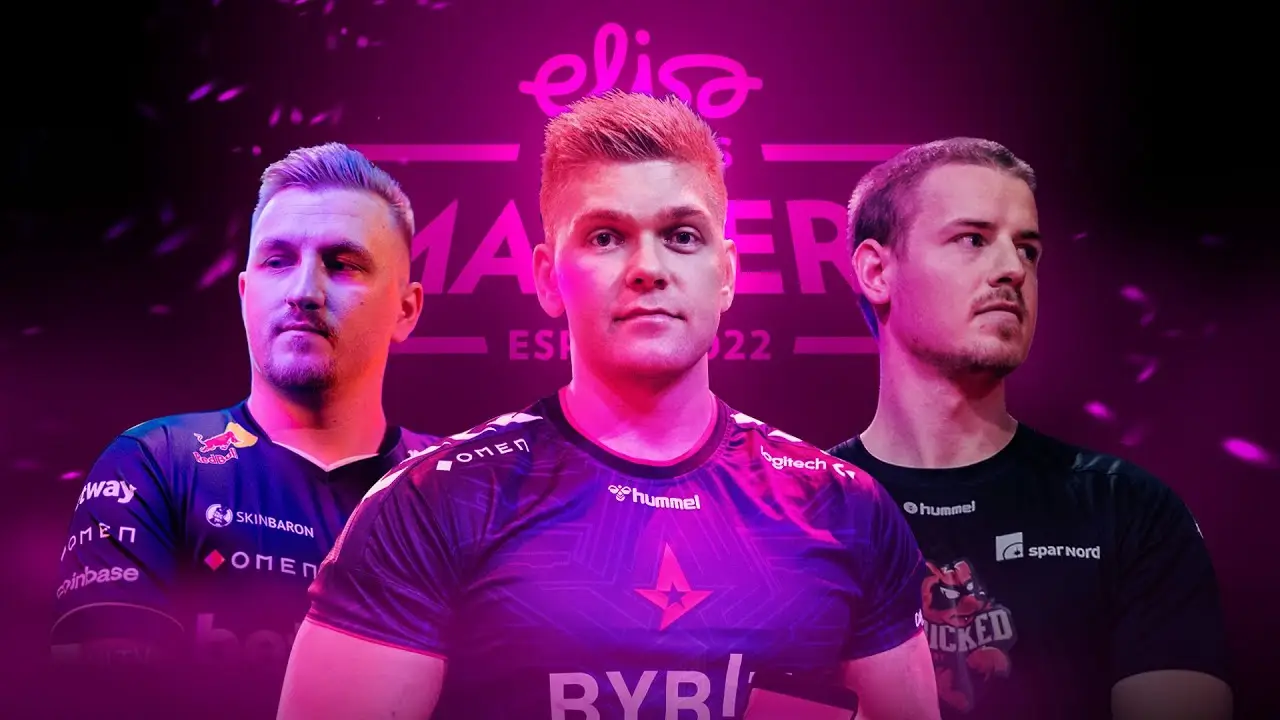
Our blog covers all the highlights and key events, as well as the latest news from this dynamic and fast-paced industry. We offer detailed analyses of tournaments, interviews with professional players and experts, as well as forecasts and discussions of the most relevant topics, so that you are always aware of the most interesting and significant moments happening in cybersport.
Read moreWelcome to the exciting world of eSports! Here we will share with you the latest news, analyses and reviews of key tournaments in this dynamic industry. Whether it's intense League of Legends matches, fast-paced battles in Counter-Strike: Global Offensive or spectacular battles in Dota 2, we'll cover everything that's happening in the cybersport universe. Join us to stay up-to-date on the latest events, rising stars and highlights of the eSports scene. Together we'll dive into the exciting world of virtual battles!
Find out the details
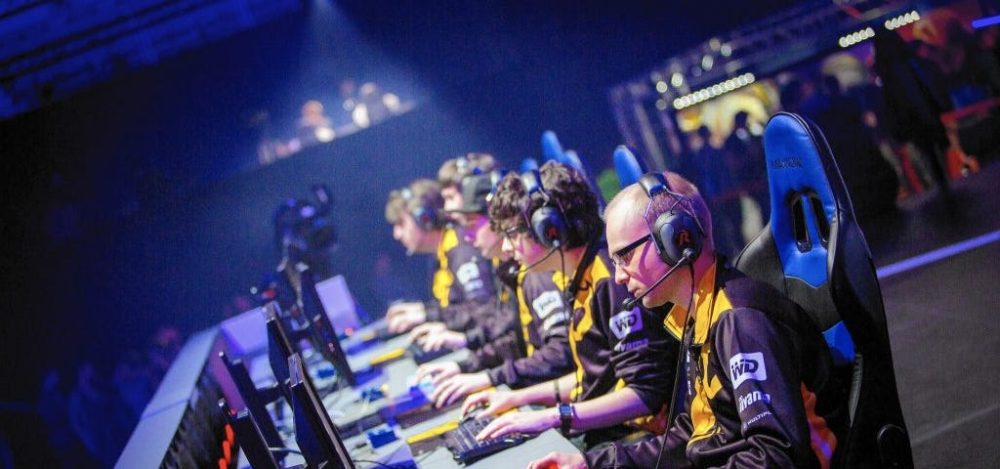
In esports, where the outcome of matches is determined by the skill and reaction time of players, and significant amounts of money are at stake, placing bets without analysis is a direct path to losing your bankroll. The ability to accurately assess the strength of teams is the foundation for precise predictions, and this skill …
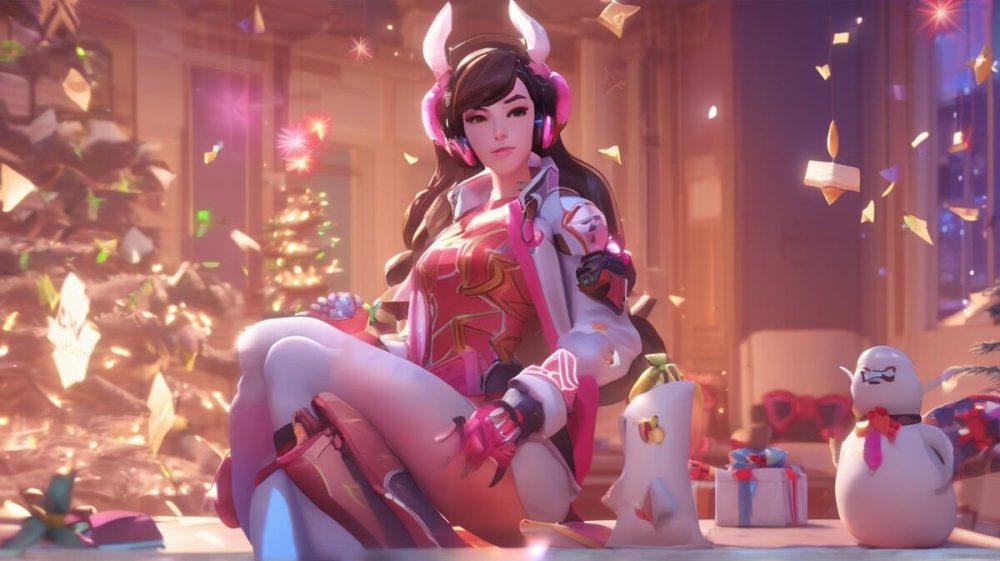
The outcome of a match in Overwatch 2 depends not only on mechanics, reaction time, or team coordination, but also on who enters the battle. Game balance has focused on the effectiveness of individual characters who consistently turn the tide of battle in practice, provide map control, and dictate the match style. The best heroes …

Sport doesn’t ask for love. It demands action. Only discipline and repetitions form a stable perception, not inspiring phrases and motivational posts. The paradox is how to love sport when the body resists, the mind procrastinates, and time seems to evaporate? The answer is not hidden in words, but in simple behavioral mechanisms that create …
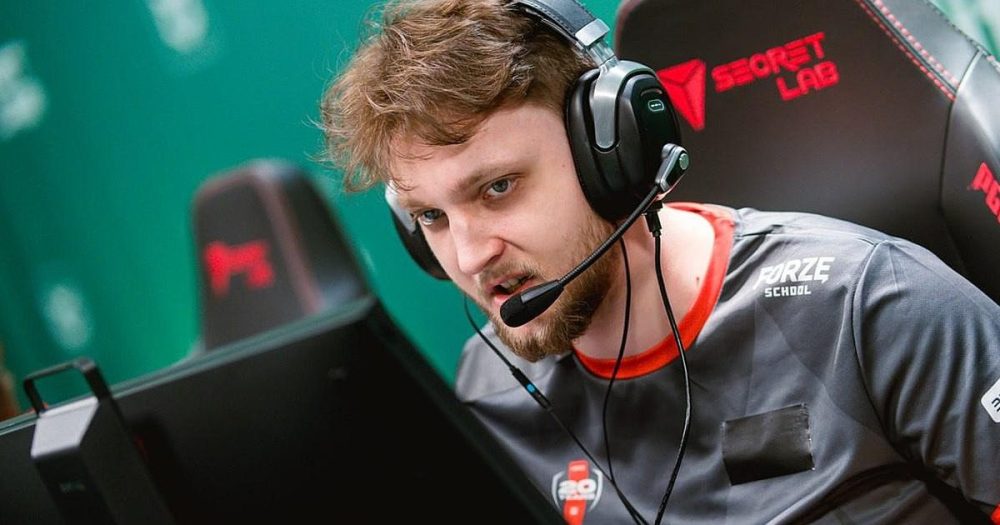
In 2025, the top 20 Counter-Strike 2 players are rewriting the history of shooters. The familiar gameplay standards have been shattered after updates to physics engines, weapon balance, and tactical revisions. The FPS shooter has accelerated the pace, forcing esports players to adapt to new maps and match rhythms. Each tournament has intensified the competition, …
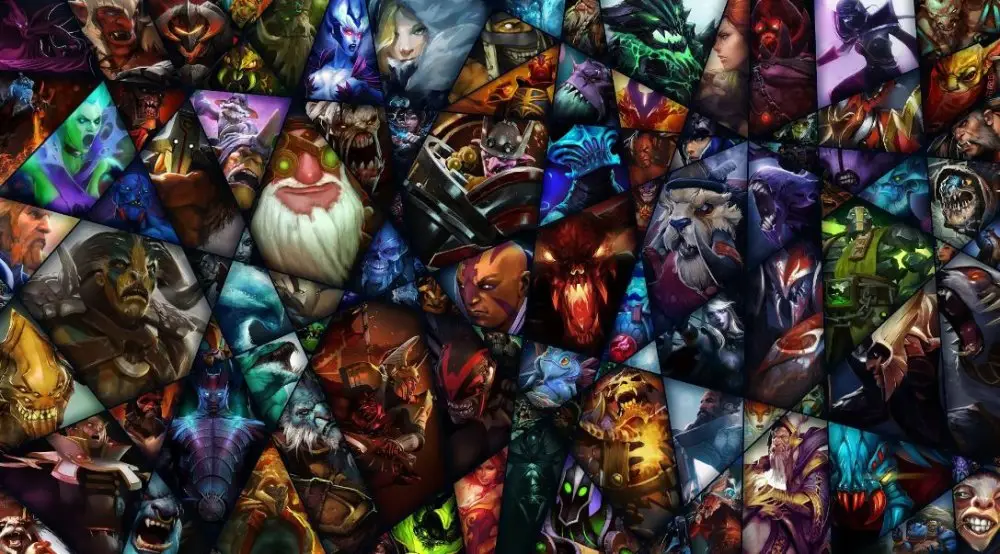
Easy Dota 2 heroes for beginners play an important role in the beginning: they shorten the learning curve, minimize the number of mistakes, and allow you to focus on understanding the mechanics rather than the skill interface. To avoid frustration and failure in the early stages of the game, it is important to choose characters …
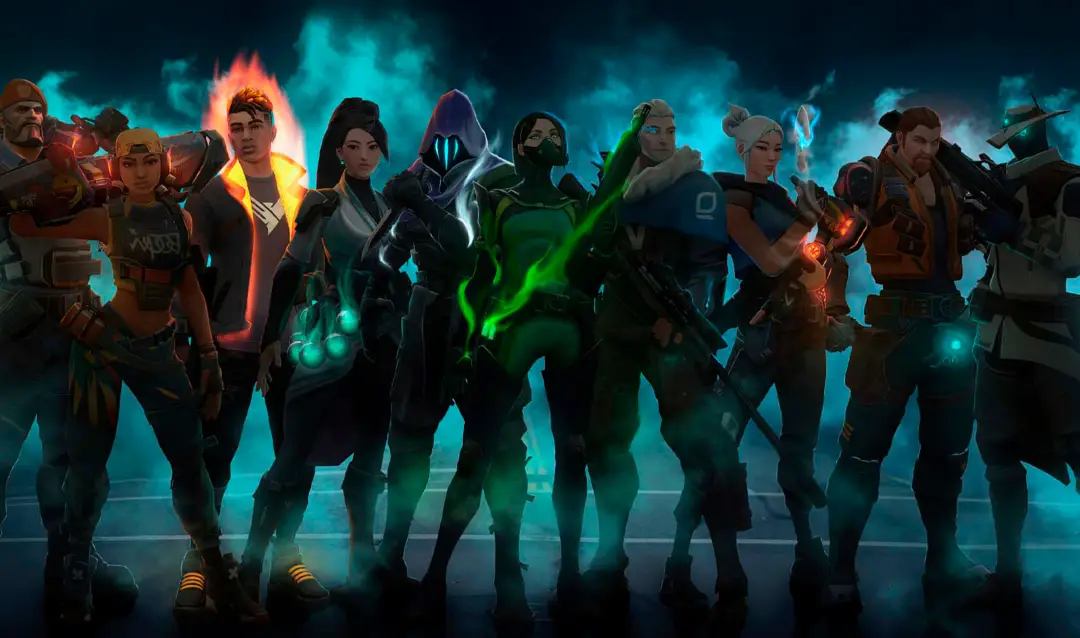
Valorant transports players into a dynamic space where every second influences the outcome of a round. Beginners are not confronted with a single mechanic, but with dozens at once: shooting, economy, team coordination, micro-positions, and skill management. To make getting started easier, it is important to choose the right character. The best Valorant agents for …
Valorant immerses players in a dynamic space where every second affects the outcome of the round. Beginners are confronted with dozens of mechanics at once: shooting, economics, team coordination, micro-positions, and working with abilities. To simplify the journey, it is important to choose the right character. The best Valorant agents for beginners are not the …
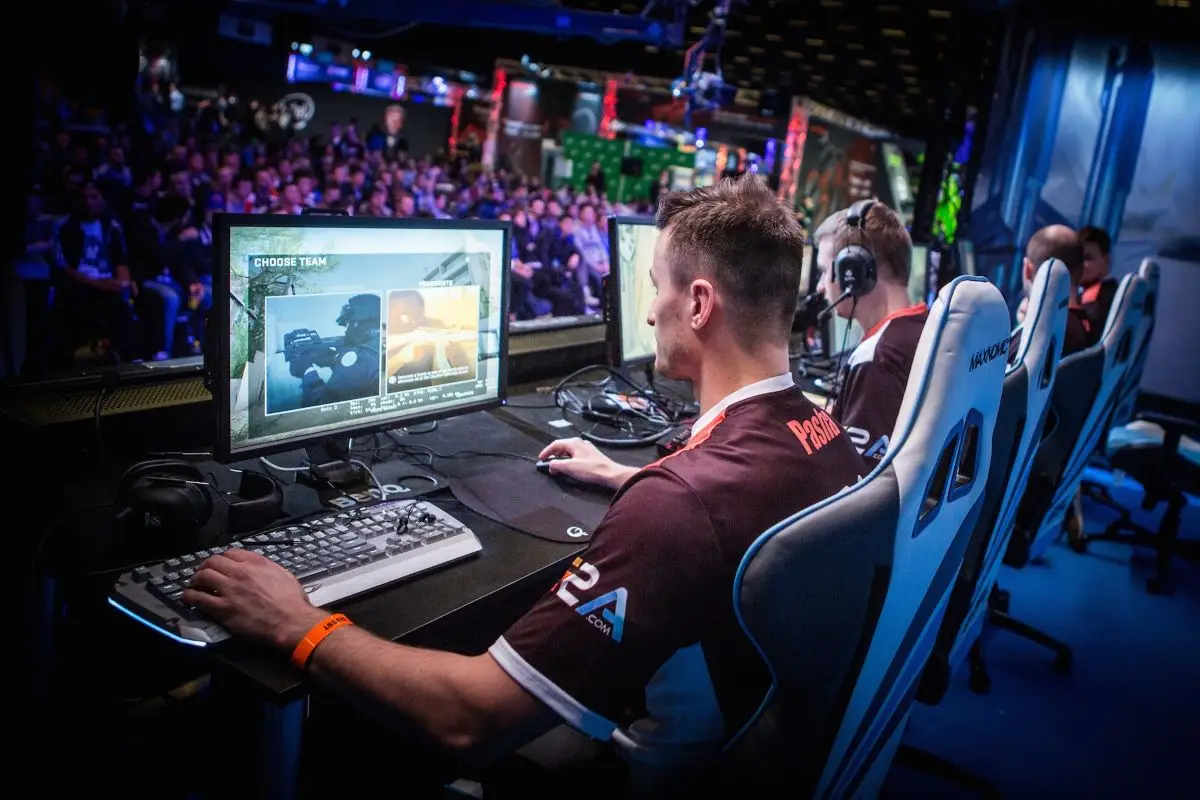
The esports arena has become a global phenomenon, uniting millions of players and spectators worldwide. The involvement of major corporations in the development of the industry shows that sponsors not only play a key role in funding cybersports tournaments, but also in shaping the image of the discipline. Brand support enables them to organize large-scale …
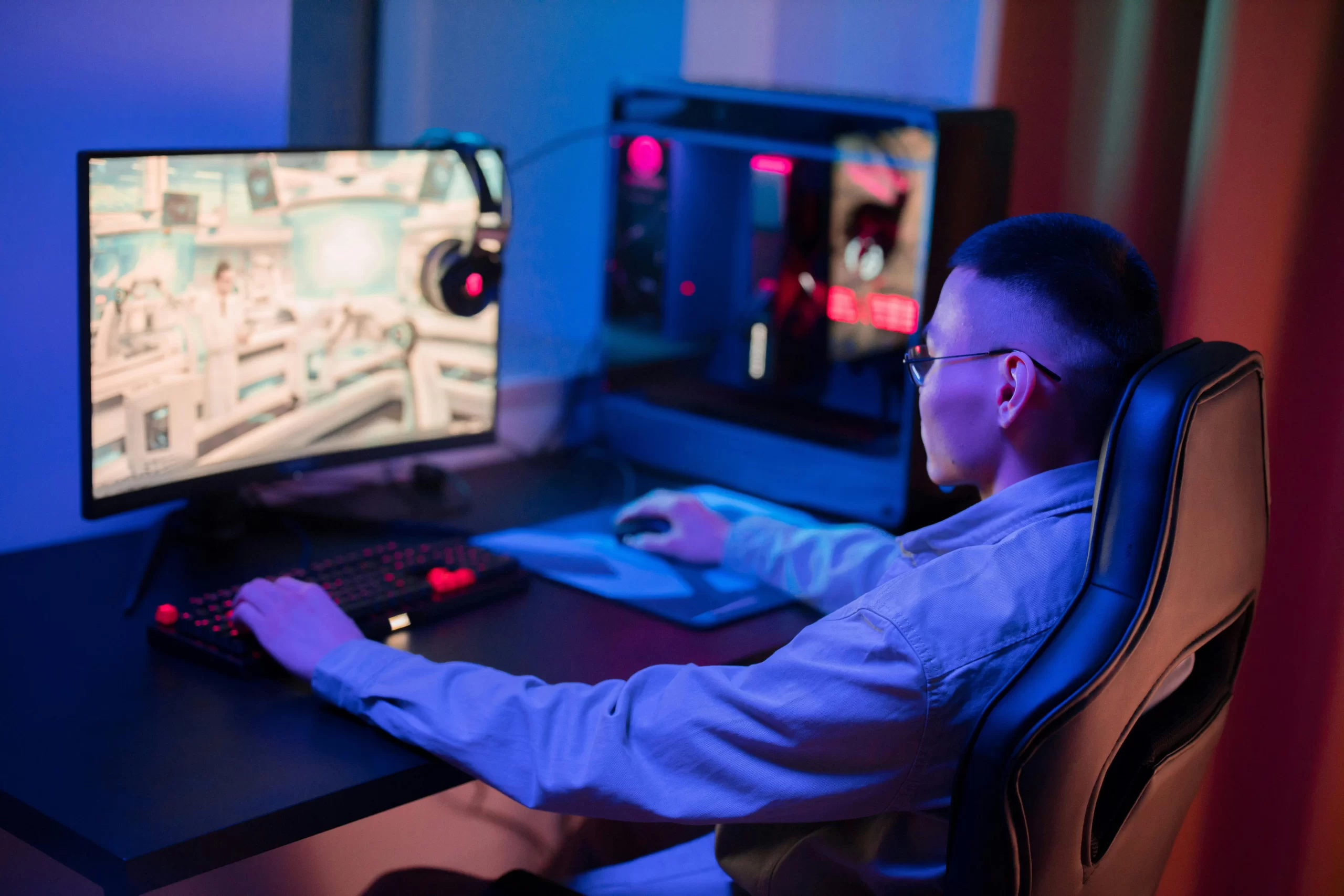
Будущее киберспорта определяется развитием технологий, изменением предпочтений игроков и растущим влиянием стриминговых платформ.
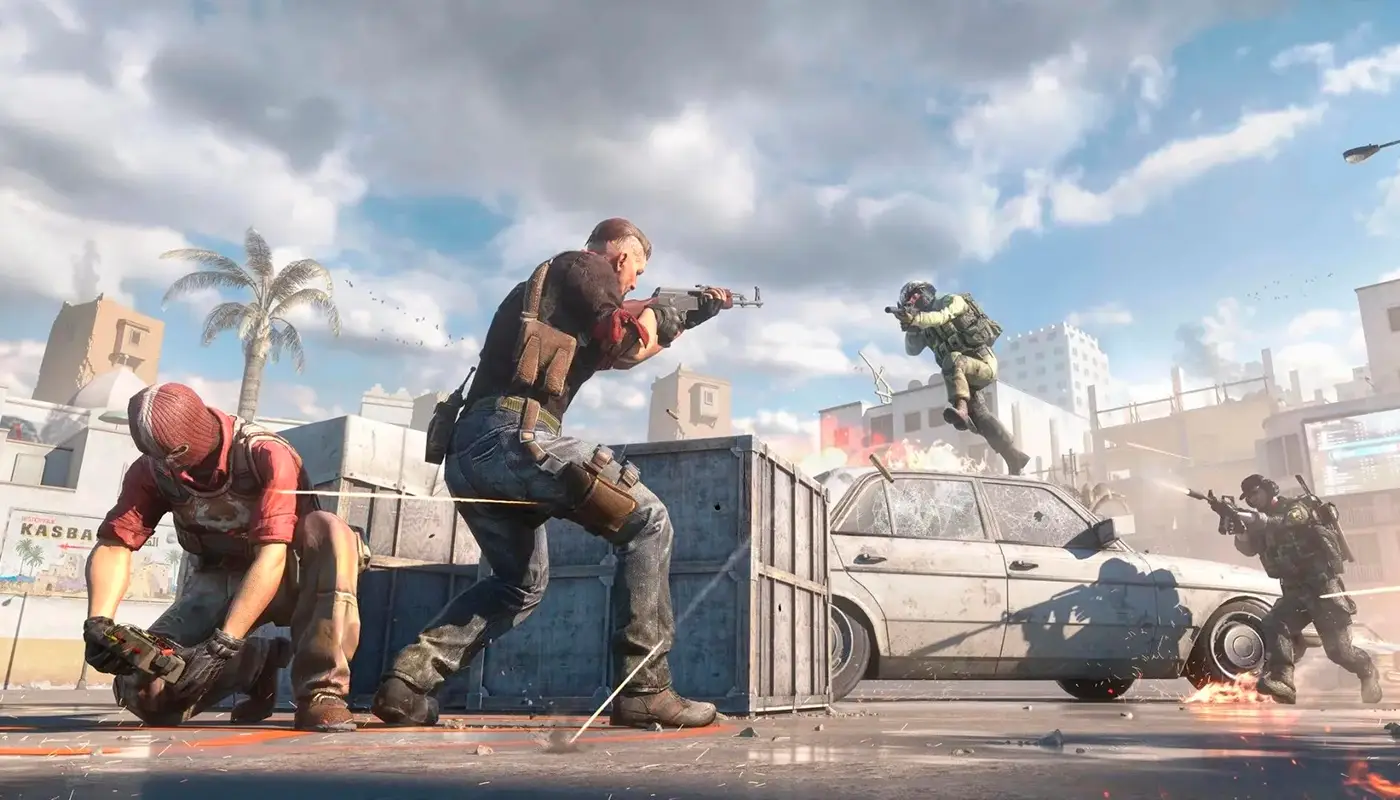
In 2025, cybersport has surpassed the budgets of some film premieres in terms of funding. The industry set a new record: the total prize pool of the top five disciplines exceeded $200 million. The top 5 cyber sports games of 2025 in terms of prize pools do more than just keep the audience’s attention. Projects …
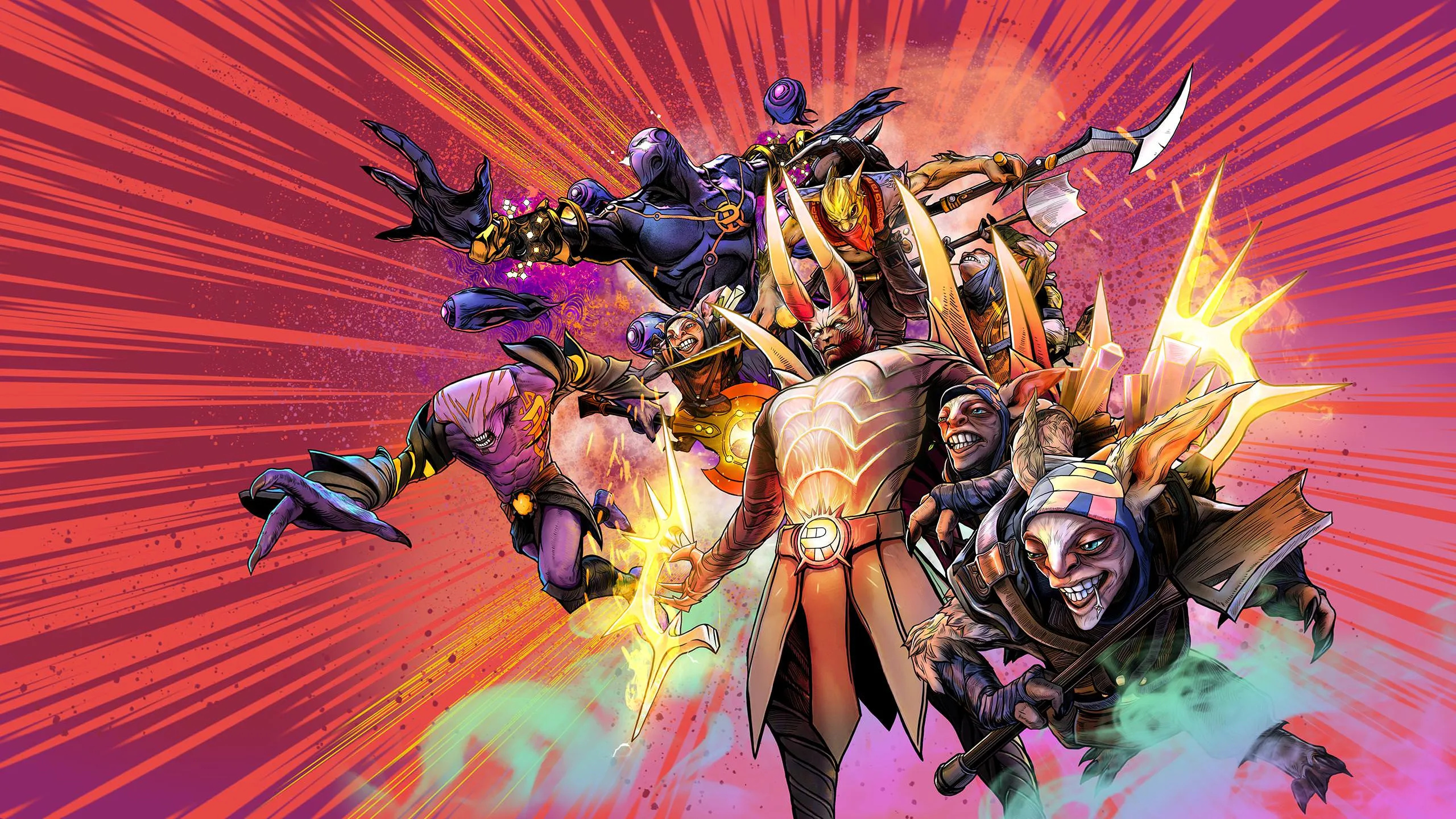
В киберспортивном мире каждую секунду что-то меняется: появляются новые проекты, изменяются правила, устанавливаются новые рекорды. Вопрос о том, какие игры входят в киберспорт, волнует и новичков, и профессионалов.
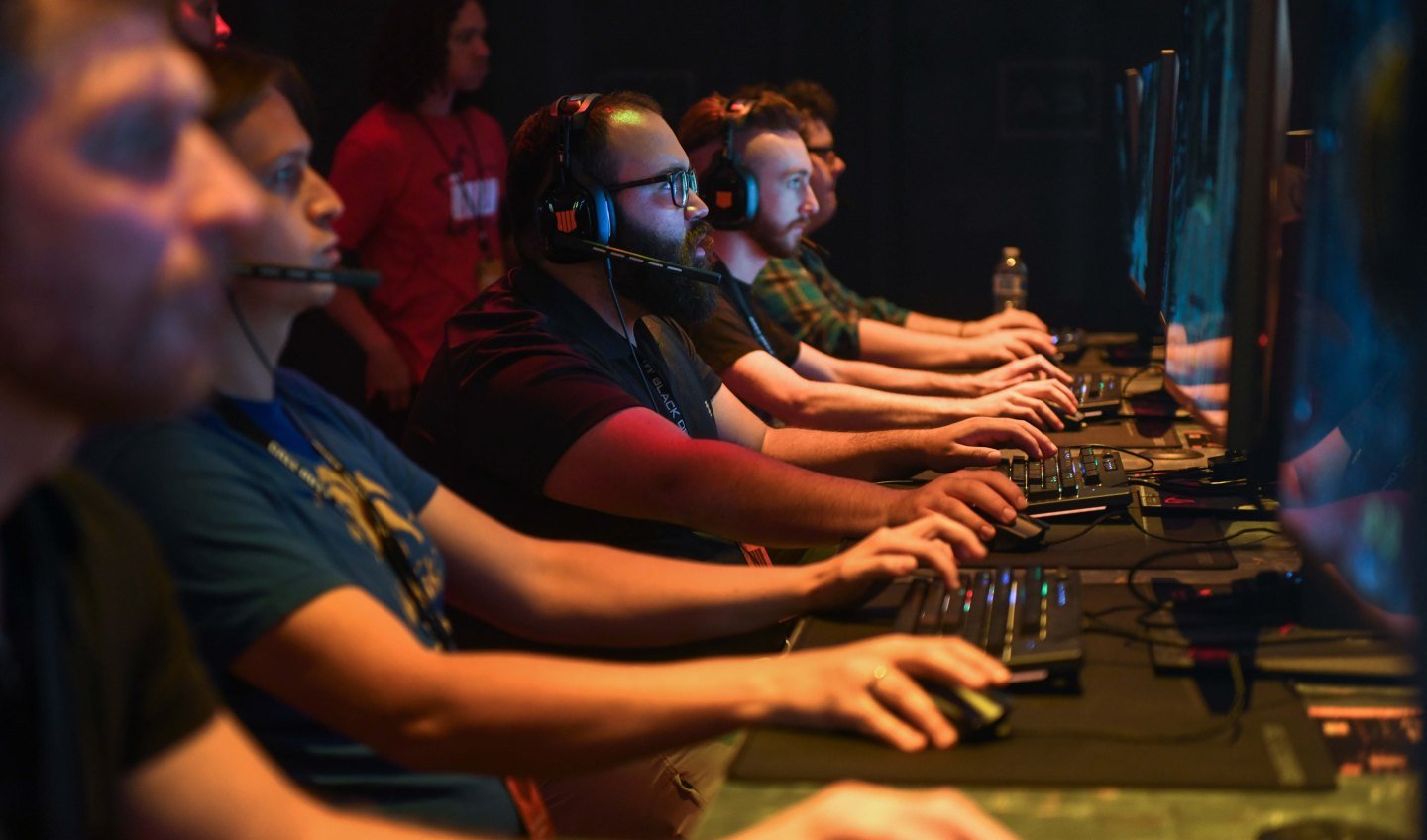
Киберспорт — современный феномен, который захватил миллионы людей по всему миру и превратился в новую культуру.
is a fascinating journey into the world of high technology, exciting competitions and incredible achievements.
Working in the cybersport industry offers exciting opportunities: being part of a dynamic and fast-paced industry, socialising with passionate people and watching the evolution of this exciting world.
Tournaments are a great opportunity to prove yourself, gain valuable experience and earn money. Competing against strong opponents, you can improve your skills and reach new heights in cybersport.
The journey of cybersport began in 1972 with the first serious tournament. Now it is a huge sphere, uniting millions of dedicated fans and players all over the world.
Since the early 2000s, numerous teams have fought for titles at major tournaments, and the number of participants only continues to grow, emphasising the popularity of cybersports.
The 2019 tournaments are impressive with colossal prize money, a dream for every gamer. These events bring together the best players and millions of spectators!

This cyber sports blog is a real boon for fans! There is always fresh news, interesting reviews and analyses. I am delighted with the quality of the content!

★★★★★
This cyber sports blog is a real boon for fans! It always has the latest news, interesting reviews and analyses. I read it every day, I can't tear myself away!

★★★★★
I love cyber sports! It is such an exciting and dynamic entertainment. I follow all the major tournaments and look forward to new events in this field. It is my hobby and passion!

★★★★★